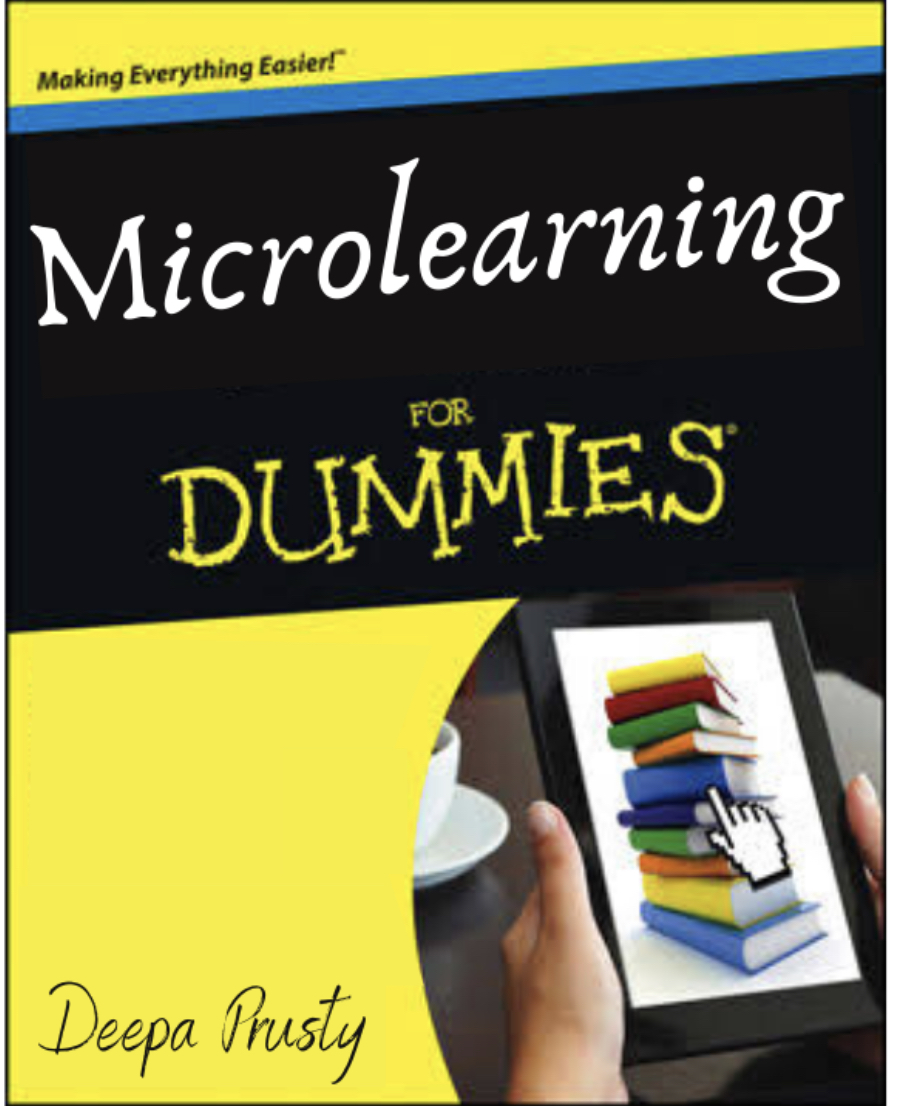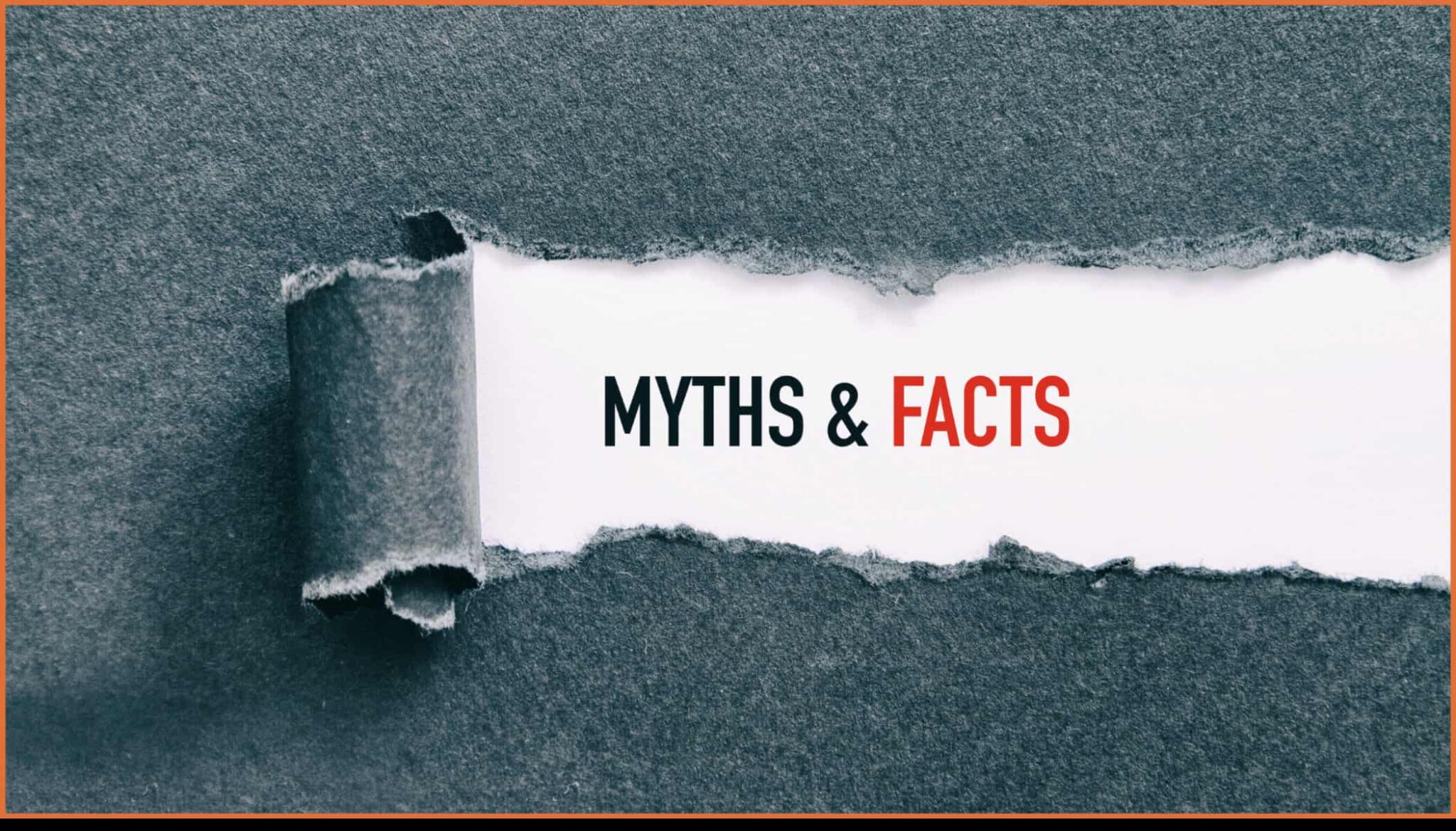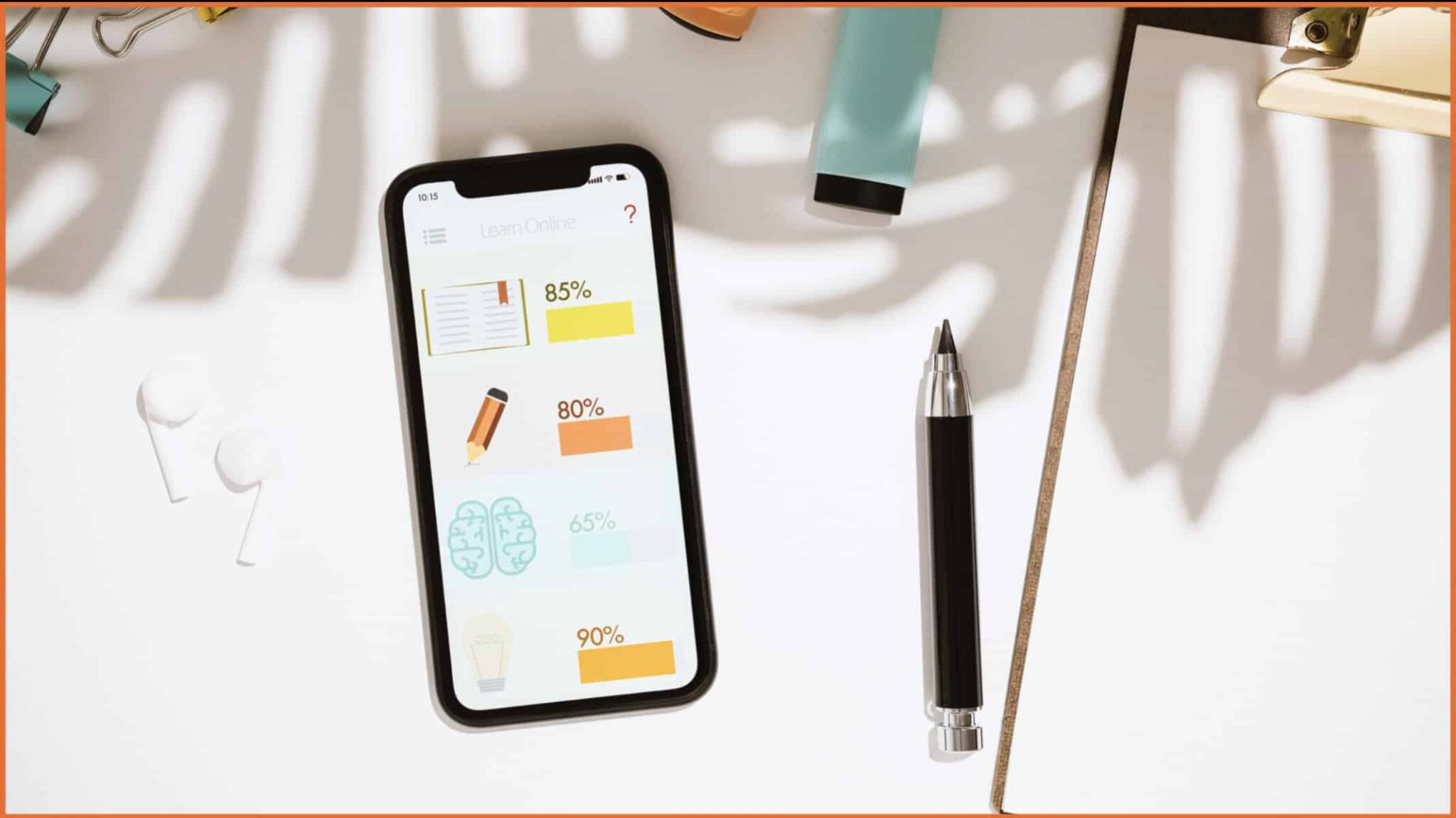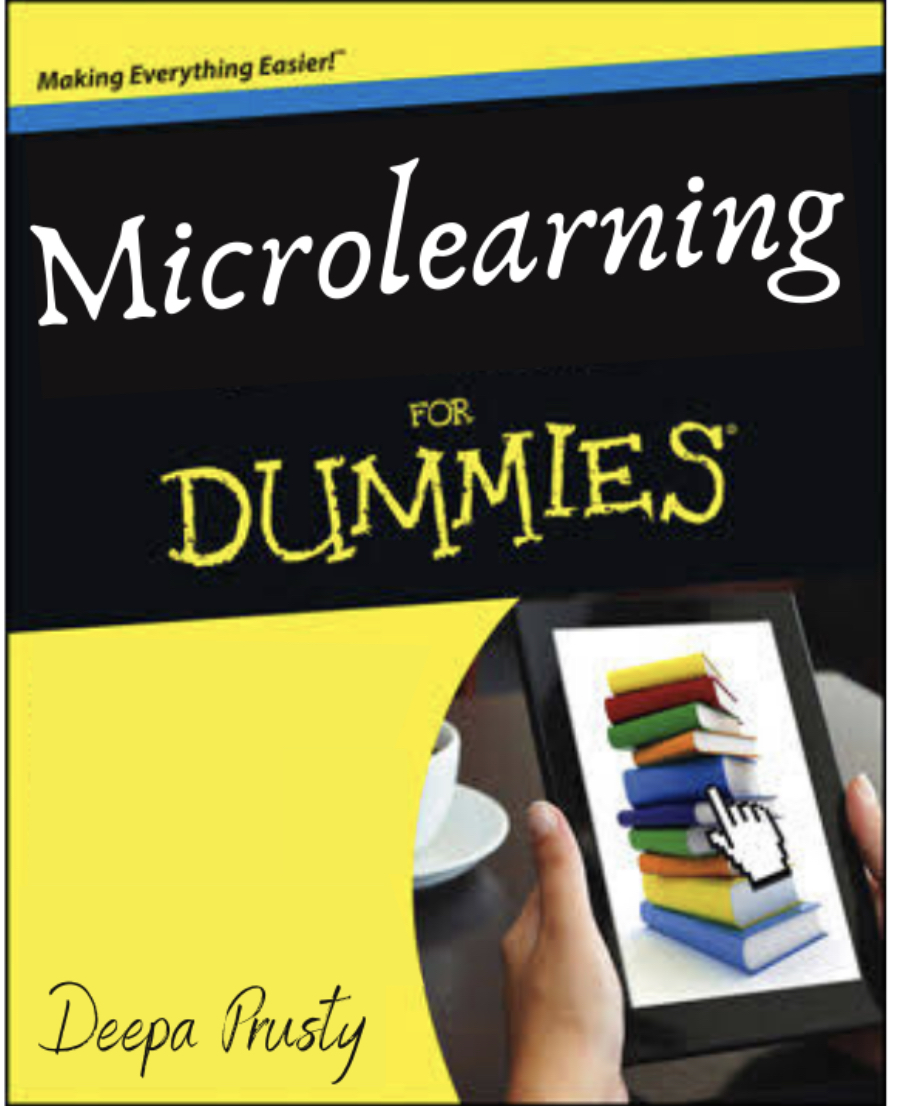It is very likely that you have heard of (or used the word) learning curve – a concept introduced by The world renowned psychologist, Hermann Ebbinghaus, which is a graphical representation of how an increase in learning comes from greater experience.
This is a common word in the lexicon of many of the L&D and HR managers who measure the performance of an employee by taking into consideration the learning curve for any task. What many of us would not have heard (or considered) is another hypothesis, also formulated by the same psychologist – the forgetting curve. The forgetting curve represents how information is lost over time when there is no attempt to retain it. A typical forgetting curve graph shows that humans tend to halve their memory of newly learned information in a matter of days, and 80% of it is lost in 30 days unless they consciously review the learned material!
Alarming, right?
So, is all that L&D training expenditure futile?
Well, like always, there is good news and bad news. The bad news is that most of newly acquired information, be it through in-house sessions, trainings, online sessions, meetings, and the likes, will be lost over a period of time. The good news is that even though this is a natural process, if the newly acquired information can be supplemented and followed-up periodically, the forgetting curve can be overturned to a retention curve! Voíla!
So, what are some of the practical ways of reinforcing newly learnt information?
One way to do it is through microlearning. Some of you may have heard the term learning bytes or bite-sized learning or learning nuggets. And, since there is no proper definition of microlearning, these terms can be used interchangeably. Other ways to retain information include revisiting or revising the learnt information – just as a student would right before an exam or social debriefing (or speed learning as some call it). While these methods are very effective, they require immense discipline and personal initiative.
Microlearning, therefore, can be a method that is not only effective but also convenient and budget friendly. Microlearning as a concept is not new. It is something all of us do every day – starting from looking up for some YouTube videos for how to bake a cake to calling your mom to ask for her rajma recipe. In fact, if you were to look at your mobile phone, you would probably have at least a couple of apps, such as fitness apps, or news apps, which have utilised the concept of microlearning in the most profitable way possible!
Microlearning inarguably is convenient – mostly because we are all already using microlearning in our everyday lives. Some of the widely used formats for microlearning are short videos, interactive videos, PDFs, infographics, mobile apps for learning, and many more. Considering that I am writing about microlearning, I’d like to restrict the content of this blog micro-sized!
Of course, the benefits, usability, and impact of microlearning is quite sizable and I’ll save that for another day.For now, I would like to leave you all with a question –
What are some of your favourite microlearning preferences?















